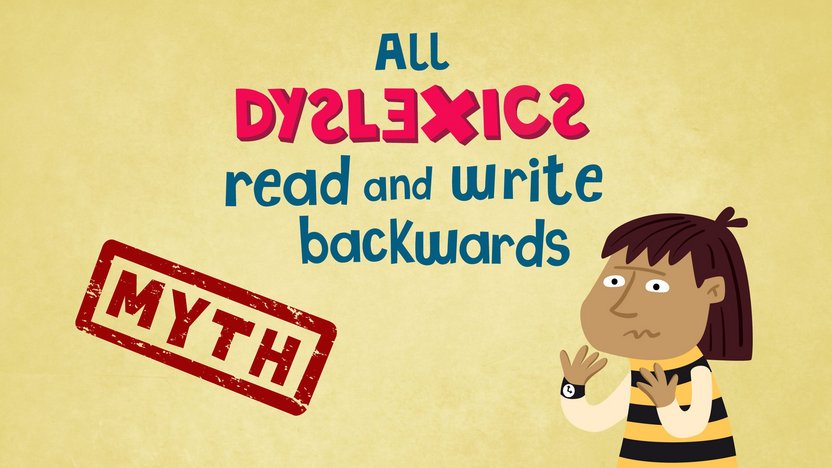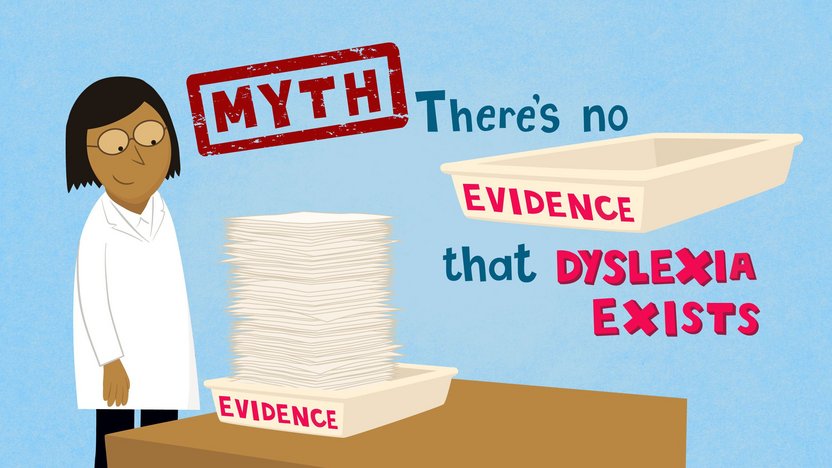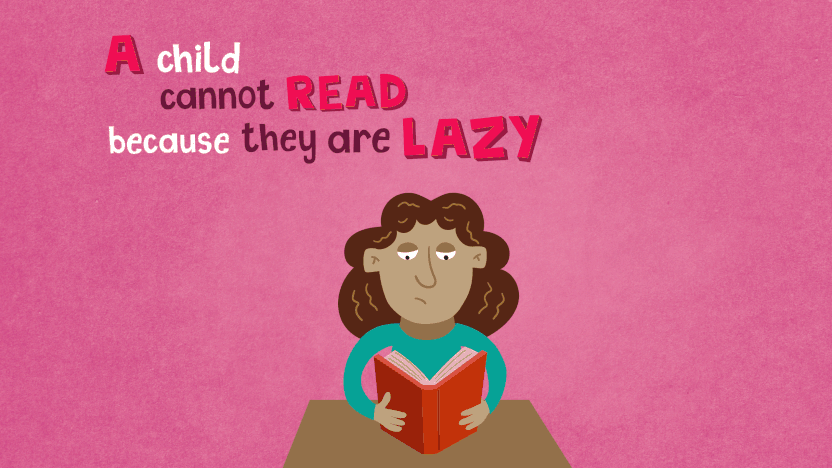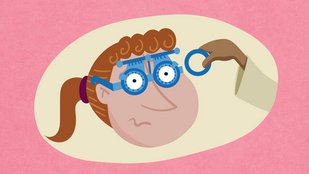Dyslexia Myths
Many children with dyslexia are never identified, partly because there is a lot of misunderstanding about dyslexia, so don’t fall for one of these myths:
Myth 1. Dyslexia is identified by a low score on an intelligence test.
This is a myth. You can still have dyslexia no matter how intelligent you are.
Myth 2. If you have dyslexia, you can’t read.
This is a myth. A person with dyslexia can learn to read and spell, but sometimes their reading and writing may not reflect their true ability.
Myth 3. Dyslexics read and write backwards.
This is a myth. Mirror writing is very rare. However, sometimes people with dyslexia confuse the direction of similar looking letters.

Myth 4. You don’t have dyslexia because the test report doesn’t use the word.
This is a myth. Dyslexia is a wide term. There are many different words that are used to mean dyslexia. You may see words like 'Specific Language Disability' or 'a Specific learning difficulty'. Dyslexia might also be called 'auditory discrimination problems', 'orthographic deficit', 'dysphonetic deficit', 'dyseidetic' or 'word retrieval deficit' and there are many more. The term used may depend upon the specialist doing the evaluation as these are the vocabulary they have been trained to use.
Myth 5. Dyslexia is caused by bad teaching.
This is a myth. Studies into dyslexia have shown that it is both hereditary and neurological.
Myth 6. There is no evidence that dyslexia exists.
This is not true. There is an overwhelming weight of research that proves dyslexia is a real physiological condition, yet because it is a hidden disability, some people still insist it does not exist.

Myth 7. A child will catch up later.
When a child starts to fall behind one of the most likely causes is dyslexia and it needs to be addressed immediately. The worst thing you can do is delay in the hope that things will change. As they get older the gap will widen, affecting confidence and self-esteem.
Myth 8. Vision therapy and coloured overlays help dyslexia.
Dyslexia is not a problem with the eyes, it is language based.
Coloured overlays do not teach a child to read.
Myth 9. Dyslexia cannot be identified until the age of 8 years old.
This is a myth. A child with dyslexia will show signs as soon as they start school. Screening evaluations can be used from the age of 5 and a half.
Myth 10. A child cannot read because they are lazy.
This is a myth. Every child starts school wanting to learn. Children lose heart when the learning process fails. Never blame a child for their dyslexia. Dyslexia is a hidden disability that makes reading and spelling very difficult. Dyslexics have to work much harder to read and the process makes them exhausted.

Most people with dyslexia will learn to read and spell to a competent level with time, the correct teaching approach and if explicit instruction is started by the ages of 6 or 7. However, the underlying causes will always be there and continue to effect areas such as memory and organization.
